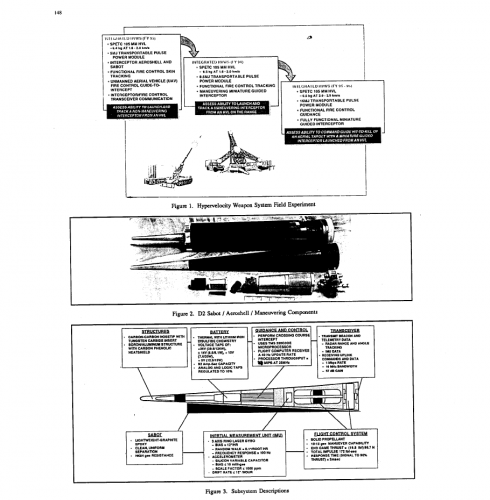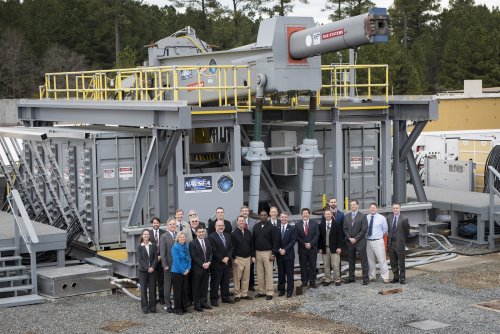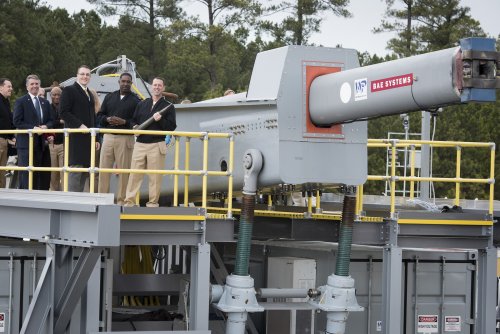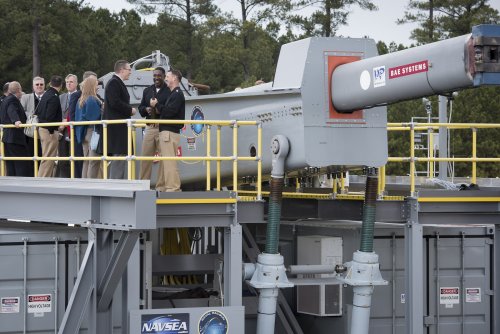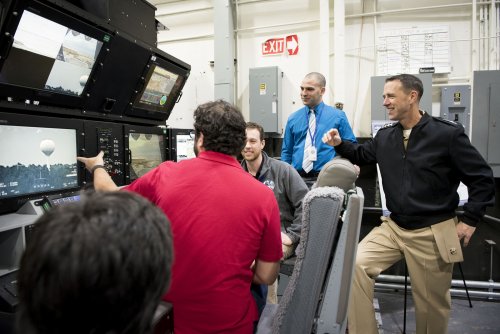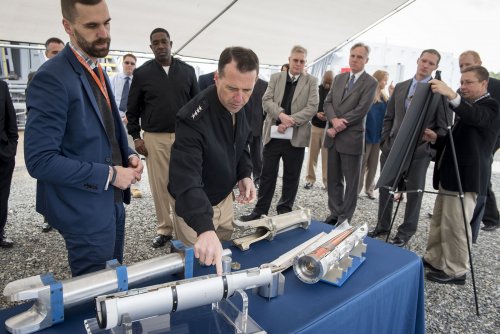Testing of high-speed engines is being conducted separately by Rolls-Royce Liberty Works and Williams International under the U.S. Air Force Research Laboratory’s (AFRL) supersonic turbine engine for long-range (Stelr) program. A follow-on effort to the joint AFRL and Darpa (Defense Advanced Research Projects Agency) high-speed turbine engine demonstration (Histed) program, Stelr is targeted at the development of Mach 3-plus weapons and vehicles. These include long-range standoff missiles, air-launched cruise missiles, unmanned air vehicles and advanced cruise missiles capable of sustaining flight at maximum Mach number for 1 hr.
...
Speaking to Aviation Week at the Air Force Association convention in Washington, Kusnierek explained that although the Stelr engine is designed for a lower Mach number than the YJ102R, it has longer endurance. The engine has been developed to “run at Mach 2-3.2 continuously.” The design mission is to operate for 1 hr. at speeds up to Mach 3.2, or sufficient to provide a range of more than 2,000 mi. The same system would also, therefore, have the ability to fly 1,000 mi. in 30 min., which is a “capability of interest,” he adds.
...
Although designed for expendable weapons, the engine’s baseline durability could make it useful for wider, reusable roles. “The need to have enough life to qualify the engine means it can be reusable, so it could probably do 50 missions in an ISR [intelligence, surveillance and reconnaissance] role,” he adds.

